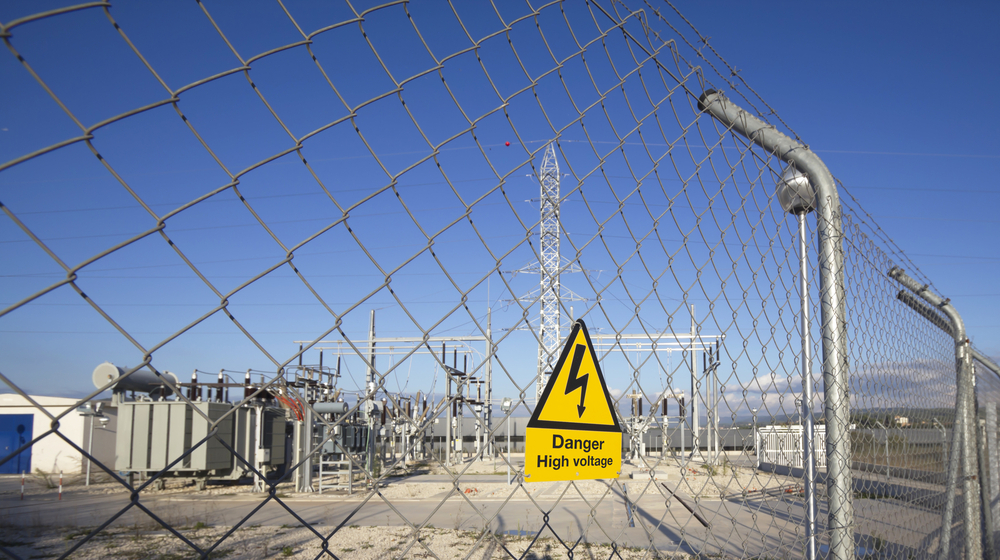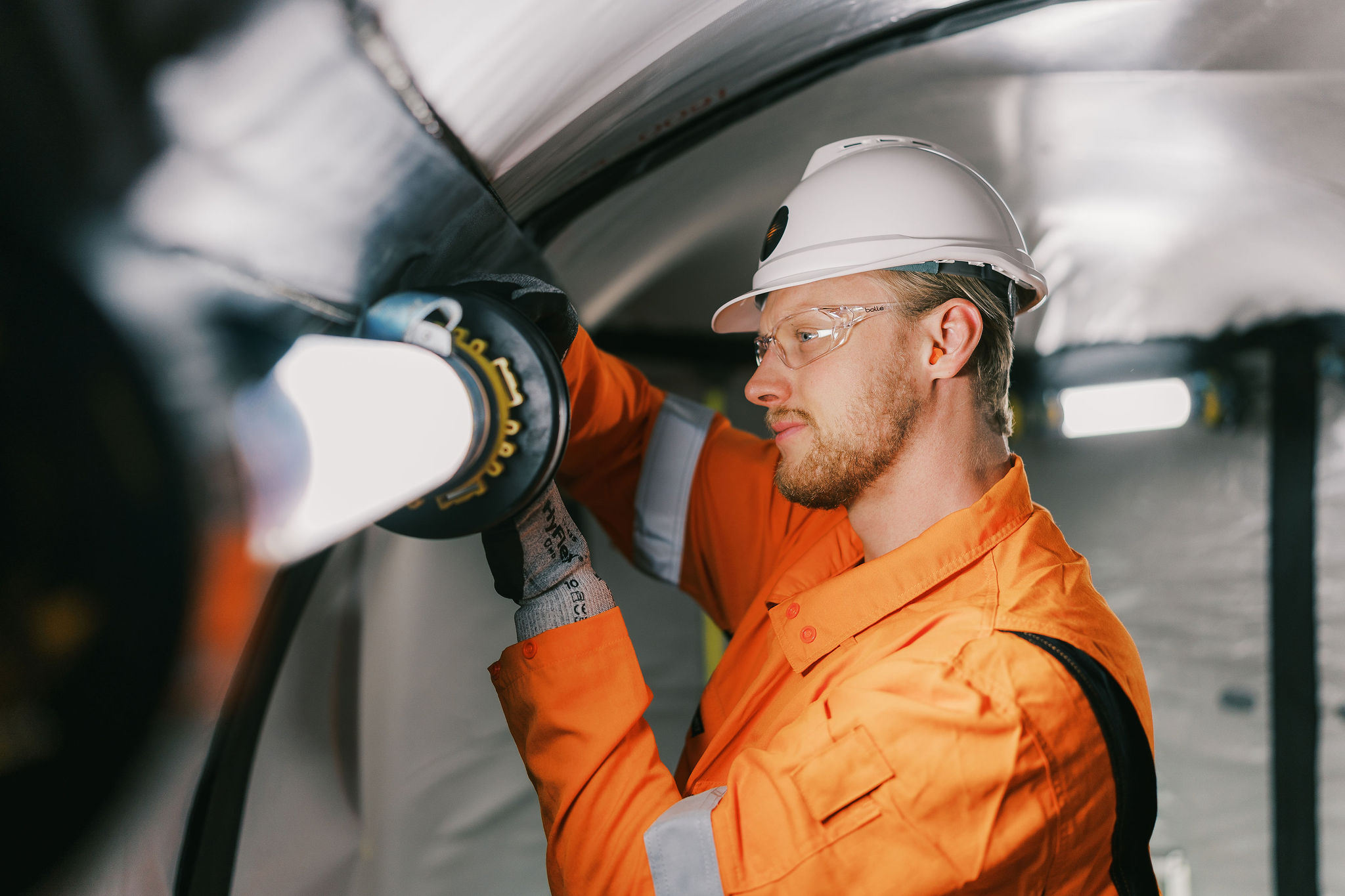10 Simple Techniques For Roar Solutions
10 Simple Techniques For Roar Solutions
Blog Article
Little Known Facts About Roar Solutions.
Table of ContentsExcitement About Roar SolutionsSome Known Factual Statements About Roar Solutions The Only Guide to Roar Solutions
In such an environment a fire or surge is possible when three basic problems are fulfilled. This is often described as the "harmful area" or "combustion" triangular. In order to shield installments from a prospective surge a technique of analysing and identifying a potentially harmful area is called for. The function of this is to make sure the appropriate choice and setup of devices to inevitably avoid an explosion and to guarantee safety of life.
(https://sandbox.zenodo.org/records/174151)
No equipment should be set up where the surface temperature of the devices is more than the ignition temperature of the provided risk. Below are some common dust hazardous and their minimal ignition temperature level. Coal Dirt 380C 225C Polythene 420C (thaws) Methyl Cellulose 420C 320C Starch 460C 435C Flour 490C 340C Sugar 490C 460C Grain Dirt 510C 300C Phenolic Material 530C > 450C Aluminium 590C > 450C PVC 700C > 450C Soot 810C 570C The likelihood of the risk being existing in a concentration high sufficient to cause an ignition will certainly differ from area to area.
In order to identify this risk a setup is separated into areas of danger relying on the amount of time the hazardous exists. These areas are described as Zones. For gases and vapours and dirts and fibres there are 3 zones. Zone 0 Zone 20 A dangerous atmosphere is extremely likely to be present and might be present for long durations of time (> 1000 hours each year) and even continually Zone 1 Area 21 A harmful environment is feasible but unlikely to be present for lengthy periods of time (> 10 450 C [842 F] A classification of T6 means the minimum ignition temperature level is > 85 C [185 F] Hazardous area electric devices possibly created for use in greater ambient temperature levels. This would certainly showed on the rating plate e.g. EExe II C T3 Ta + 60C( This indicates at 60C ambient T3 will certainly not be exceeded) T1 T1, T2, T3, T4, T5, T6 T2 T2, T3, T4, T5, T6 T3 T3, T4, T5, T6 T4 T4, T5, T6 T5 T5, T6 T6 T6 A T Class rating of T1 implies the maximum surface temperature level generated by the tool at 40 C is 450 C. Assuming the associated T Course and Temperature level rating for the equipment are ideal for the area, you can constantly utilize an instrument with an extra strict Division rating than required for the area. There isn't a clear answer to this concern however. It truly does depend on the type of devices and what repairs require to be executed. Equipment with certain examination procedures that can't be carried out in the field in order to achieve/maintain 3rd party score. Should come back to the factory if it is before the equipment's solution. Field Repair Service By Authorised Personnel: Challenging testing might not be called for nevertheless particular procedures may need to be followed in order for the equipment to preserve its 3rd party rating. Authorised personnel need to be employed to do the work correctly Repair should be a like for like replacement. New part must be considered as article source a direct substitute needing no unique screening of the devices after the repair work is total. Each item of tools with a dangerous rating need to be reviewed independently. These are described at a high degree listed below, but also for even more thorough info, please refer straight to the guidelines.
Roar Solutions Things To Know Before You Buy
The tools register is an extensive data source of tools records that includes a minimum set of fields to identify each product's place, technological criteria, Ex lover category, age, and environmental data. The proportion of Detailed to Close inspections will be figured out by the Devices Risk, which is examined based on ignition threat (the chance of a source of ignition versus the possibility of a combustible atmosphere )and the harmful area classification
( Zone 0, 1, or 2). Carrying out a durable Risk-Based Evaluation( RBI )strategy is important for making certain conformity and safety and security in handling Electric Tools in Hazardous Locations( EEHA).
The Of Roar Solutions

In regards to explosive risk, a hazardous location is an atmosphere in which an explosive atmosphere exists (or may be expected to be present) in quantities that require unique precautions for the building and construction, installation and use tools. eeha courses. In this post we explore the obstacles encountered in the workplace, the danger control procedures, and the called for proficiencies to work safely
It is an effect of modern-day life that we manufacture, keep or deal with a series of gases or fluids that are regarded combustible, and a variety of dusts that are deemed combustible. These compounds can, in specific conditions, develop explosive atmospheres and these can have major and tragic effects. The majority of us know with the fire triangular get rid of any kind of among the three elements and the fire can not happen, but what does this mean in the context of dangerous areas? When damaging this down right into its easiest terms it is essentially: a combination of a specific quantity of release or leak of a specific material or material, blending with ambient oxygen, and the presence of a source of ignition.
In many instances, we can do little concerning the degrees of oxygen airborne, but we can have substantial impact on sources of ignition, for instance electric devices. Unsafe areas are documented on the dangerous area classification drawing and are identified on-site by the triangular "EX LOVER" indication. Right here, amongst various other crucial info, areas are divided right into three kinds depending upon the danger, the probability and period that an eruptive atmosphere will exist; Area 0 or 20 is considered the most unsafe and Zone 2 or 22 is regarded the least.
Report this page